Educational Tablets For Schools In India – Redefining Learning
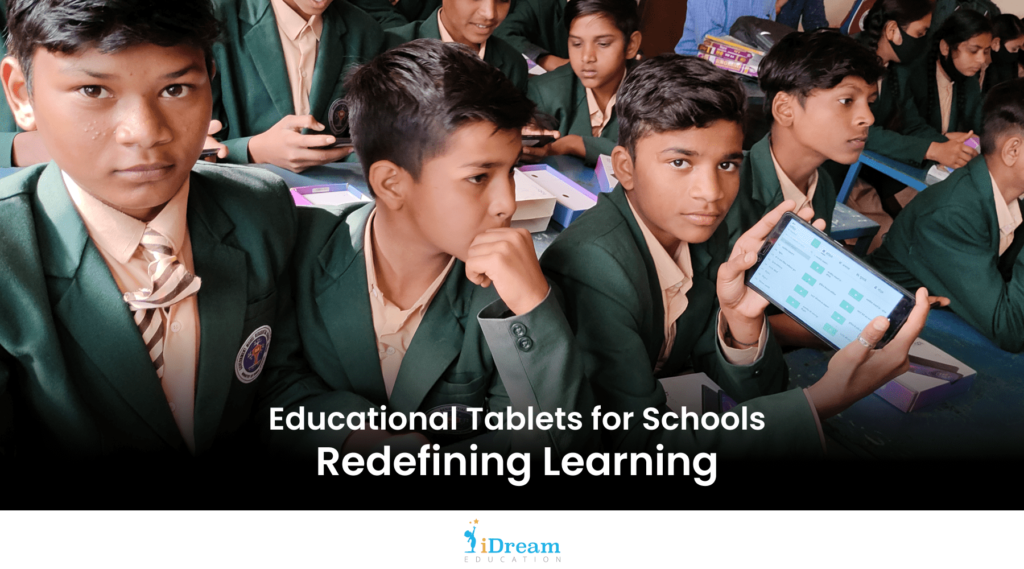
In recent years, a significant shift has occurred in the education landscape of the country. Earlier the buck used to generally stop with teaching aids and teacher training programs. But over the last 2-3 years, stakeholders have taken a step forward with an emphasis on actively engaging students. Schools are increasingly exploring and implementing digital solutions like smart classes, Smart ICT Labs or Tablabs, Educational tablets, etc. These innovative tools aim to provide growth-oriented learning experiences, catering to the curiosity and eagerness of every student. Allow us to quote the market situation.
Education for millions of students in government schools across the country is poised for a change, with a focus on Ed Tech solutions such as smart classes and educational tablets. Government officials, NGOs, social enterprises, and CSR foundations have long collaborated with the school ecosystem, and are now aiming to harness digital learning solutions. Through experimentation with various models, they seek to address persistent challenges and achieve positive outcomes, ultimately striving for widespread adoption and tangible results.
What are the underlying expectations from digital learning for students?
The primary expectation revolves around the proactive and enthusiastic acceptance of digital learning by both government school students and the entire ecosystem. Genuine adoption marks a crucial milestone, shaping the overall impact of digital education investments in government schools.
Once adoption and regular usage are achieved, students are expected actively engage with various preloaded educational content on digital devices like educational tablets, covering grade-level learning and bridging learning gaps from previous years.
Ultimately, sustained usage of digital learning tools should yield tangible results, evidenced by data-driven outcomes and noticeable enhancements in students’ overall performance, personalities, and future opportunities.
Our government schools face several complex issues. Digital solutions for students in government schools represent a crucial leap forward in addressing the multifaceted challenges faced by our educational system. By integrating digital technologies, we can align with the needs and psychology of all stakeholders in government school education, effectively dismantling the barriers to transformation and fostering meaningful progress.
Read why smart classes are failing in government schools.
Why the confidence in Educational Tablets for Government Schools?
When discussing student engagement with digital solutions, it’s crucial to distinguish between teaching aids and learning tools. While projectors, smart boards, and TVs serve as teaching supplements for teachers, student-centric digital learning involves computers, educational tablets, or laptops tailored for personalized ICT learning. In the recent decades, numerous computer-based learning projects and e-learning centres have been implemented in government schools nationwide, funded by state governments under the ICT in Schools scheme and corporate CSR initiatives. State Governments under the ICT in Schools scheme by RMSA funded by the centre, have set up computer labs at thousands of govt schools as per budgets.
Technology giants like Intel and Google have further supported the establishment of e-learning and digital classrooms with laptops and Chromebooks. Recently, there has been a growing emphasis on providing tablets to students in government projects, reflecting a shift towards more versatile digital learning tools.
We at iDream Education also went through this digital cycle, in our work with government schools. We started with setting up computer labs at government schools, studied the usage and challenges, experimented with other types of digital hardware, and of late have been focusing on fine-tuning educational tabs for best-suited usage at rural & government schools with some very promising results.
Also, read our vision about Digital Learning for Government Schools.
Challenges with ICT at Government Schools
The physical infrastructure and the ecosystem at our government schools can be very diverse. However, some of the larger challenges with ICT at government schools have been generally observed everywhere in different degrees. These are:
Infrastructure & Electricity in Government Schools
The majority of our government schools have less than basic physical infrastructure and a shortage of rooms. Also, they face a shortage of electricity supply and even limited connections in the school.
Educational Tablets like the iPrep Tablets fit into any govt school very beautifully. They do not demand fixed furniture, permanent power connections, UPS, and a separate room. If designed and implemented smartly, an auto charging & lockable case for the tablets in a corner of any classroom or existing rooms can be a new-age e-learning and ICT lab for our govt schools.
Another advantage that an educational tablet brings is non-dependence on electricity and backup. So, let’s say the school gets only a few hours of electricity. The Education tablets once charged, do not need any power, or backup during the entire school time. Hence, they can ensure student engagement in all conditions.
Hardware & Software Maintenance & Educational Tablets
Constant issues such as corrupted wiring, malfunctioning keyboards, or virus-infected systems in computer labs have hindered effective learning experiences in schools. Servicing and maintaining traditional computers have become cumbersome and costly for teachers and government officials. However, educational tablets, like the iPrep Tablets, have changed this, ensuring that investments in technology translate into regular benefits for students. With simplified maintenance and phone-like service options, these education tablets offer hassle-free e-learning solutions. Android, with its robust operating system, provides error-free usage, making it universally accepted, especially in rural areas. Moreover, these educational tabs for students streamline computer training, transforming digital labs into plug-and-play centres accessible to all, as Android devices are user-friendly and widely familiar.
Multi-Category & Interactive Learning Content on Educational Tablets
This is another deeper shift that has happened to the overall content usage in our societies. It has had a very strong impact on school education. The widespread adoption of apps, digital books, and interactive videos across various demographics in the education landscape owes much to the mobile revolution. Engaging students has become challenging, demanding interactive and captivating content. Here, educational tablets emerge as a solution, offering touch-and-view features for diverse educational materials like digital books, interactive apps, videos, and practice tests. Given the limited access to traditional reading materials in government schools, digital reading on educational tablets has become invaluable. Students gain access to a plethora of digital books, spanning various genres and languages, fostering personal growth, self-confidence, and overall development.
True Personalization with Digital Access to Every Student
The limited number of computers in schools often hinders personalized digital learning for all students. Generally, there are 5 to 10 computers in a school. The ICT in Schools scheme under RMSA provides funds for computers in government schools, but it has been seen that the funds can best support 5 to 15 computers since computers need a lot of additional infrastructure investments like furniture, electric fittings, Routers with networks, and UPS. Since learning tablets can come at a far lesser cost than computers and do not need as much additional investment, therefore government schools can very well get 20 to 40 Educational tablets on the same budget, and truly offer digital learning into every student’s hands.
Empower & not Burden the Govt School Teacher
With digital hardware, teachers have mostly been complaining of being burdened with their usage, maintenance, and upkeep. Educational Tablets seem to have changed things around. They enable the teacher to be a mentor, and a guide and enable the students to use digital devices for learning. Once the govt school teachers experience this empowerment, their attitude towards the digital totally changes. Now they start seeing educational tablets as their teaching assistants, as their extended hands which can help them serve every child in every situation. Even in times when they are engaged in other duties or are short in number, the students can continue learning on the educational tablets.
That realization is the starting point of a fundamental change in the integration of ed tech in our government schools.
Costs & Scalability of Educational Tablets
Amidst our grand visions and the practicalities of implementation across a vast country like ours, lies the challenge of managing costs and budgets for every government school in each state. Educational tablets emerge as a cost-effective solution for setup and maintenance. Their scalability allows for rapid deployment across numerous government schools, facilitating last-mile inclusion in a shorter timeframe. This makes educational tablets for schools an ideal digital initiative for widespread adoption and accessibility.

Last and Most Important,
Student’s Proactive & Happy Adoption of Educational Tablets
This is the biggest value addition that tablets and mobile devices bring into rural education.
After all, everyone is spending ultimately to engage and enrich our students, right?
But for that, we need to adopt digital in a way that understands the children’s psychology and appeals to their inner selves. We win half of the battle when the students happily adopt and own up. We have seen students in tribal government schools who had never used a smartphone earlier, touch, explore, and play with a tablet, and be an ardent user playing video and practice content within 10 mins of enjoyable self-learning.
Further, we have seen students who are sidelined in classrooms, learning by trials where to touch and play the lesson animation or laughingly read a pictorial digital book within a single session.
No Training Required. Just the opportunity to freely explore the digital.
Read 5 Reasons to adopt tablets in government schools.
That is the biggest power that tablets bring to rural, government school education. They can very well make our government school students fall in love with learning!
Educational Tablets in Govt Schools: A Worthy Bet
To summarise, we can say that currently, there is a great attempt worldwide to make mobile and tablet devices affordable and acceptable to all. Of-course computers, laptops, and Chromebooks have great value in different use cases for learning in our schools. But for student-centric digital learning at rural government schools, educational tablets seem to solve a lot of the impending issues facing us today. To conclude, educational tablets seem to be a viable, suitable, and enjoyable way to bring our millions of growth-hungry rural students into the digital fold.
You can click on the link to know more about digital learning on iPrep Learning tablets. To know the cost of custom-designed plug-and-play iPrep Digital Library– TABLAB or smart ICT lab for your school.
Read how the allocation of the Union Education Budget 2022 will create opportunities that may lead to a change in the development of digital universities, digital education, skill development of programmers, and many more such empowering developments

Check out insights on the ASER 2023 report: Beyond Basics.
Download Now – Educational App
Watch Now – Best learning videos for 1st to 12th class
Follow Our Social Media Channel
Facebook – https://www.facebook.com/idreameducation
Instagram – https://www.instagram.com/idreameducation/
Frequently Asked Questions -
1. What is an educational tablet?
An educational tablet is a handheld electronic device specifically designed and programmed to facilitate learning and educational activities. These tablets typically come preloaded with educational content, including interactive apps, e-books, videos, quizzes, and other learning resources. Educational tablets are often used in classrooms or as part of remote learning initiatives to engage students in interactive and personalized learning experiences. They provide a portable and versatile platform for accessing educational materials, enabling students to learn anytime, anywhere, and at their own pace.
2. Which tablet is good for learning?
A good tablet for learning should offer engaging educational content, an intuitive user interface, and personalized learning experiences. It should provide access to educational apps, e-books, videos, and interactive content. Offline access to learning materials is essential for uninterrupted learning. Assessment features in tablets allow students to track their progress and receive feedback.
3. Why are educational tablets a good bet for government schools?
Educational tablets are a promising choice for government schools due to several factors. They work offline, require minimal infrastructure and electricity, making them accessible even in remote areas. With simplified hardware and software maintenance, tablets offer a hassle-free solution compared to traditional computers. They provide multi-category and interactive learning content, ensuring engaging lessons for students. True personalization is achieved through digital access for every student, empowering them to learn at their own pace. Tablets also lighten the burden on teachers by facilitating easy lesson delivery. Moreover, their cost-effectiveness and scalability make them a feasible option for large-scale implementation in government schools.
4. Which tablet is best for students?
Determining the best tablet for students depends on various factors such as budget, intended use, and personal preferences. However, tablets with features like long battery life, durable build quality, compatibility with educational apps, and parental controls are often considered ideal for students. An ideal tablet for students should prioritize engaging learning content, providing access to a variety of educational materials suitable for different grade levels. It should offer personalized learning features, allowing students to progress at their own pace and receive tailored content based on their abilities and interests.
5. What are the challenges of digital learning that govt schools face?
Government schools in India face numerous challenges in adopting digital learning. Limited infrastructure, including unreliable electricity and internet connectivity, hamper the implementation of digital solutions. Maintaining digital devices, with offline access and charging racks, along with teacher training also pose significant hurdles. Ensuring high-quality and relevant content aligned with the curriculum is crucial. Addressing disparities in access to resources among students and establishing effective monitoring mechanisms are additional challenges that government schools in the country face.


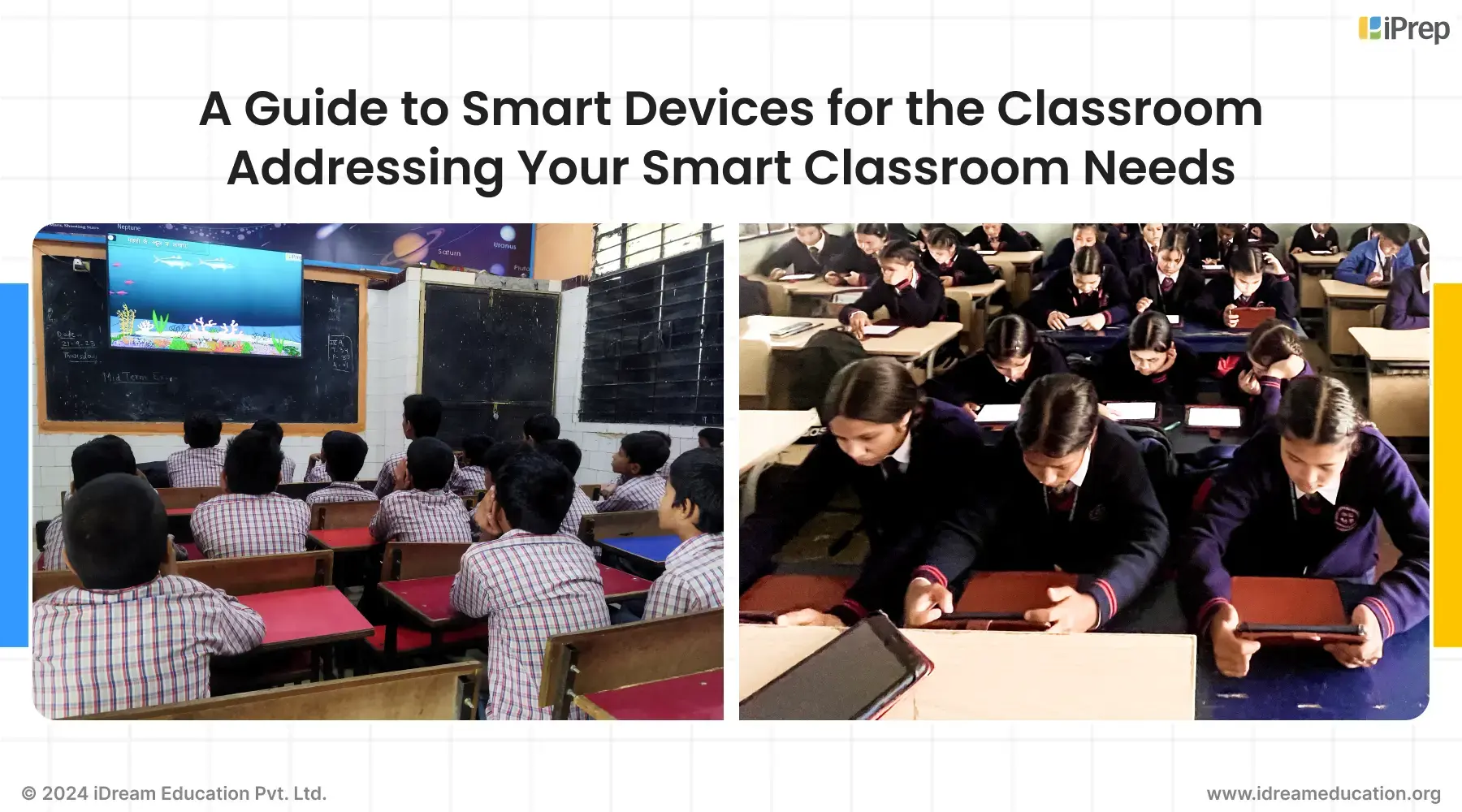
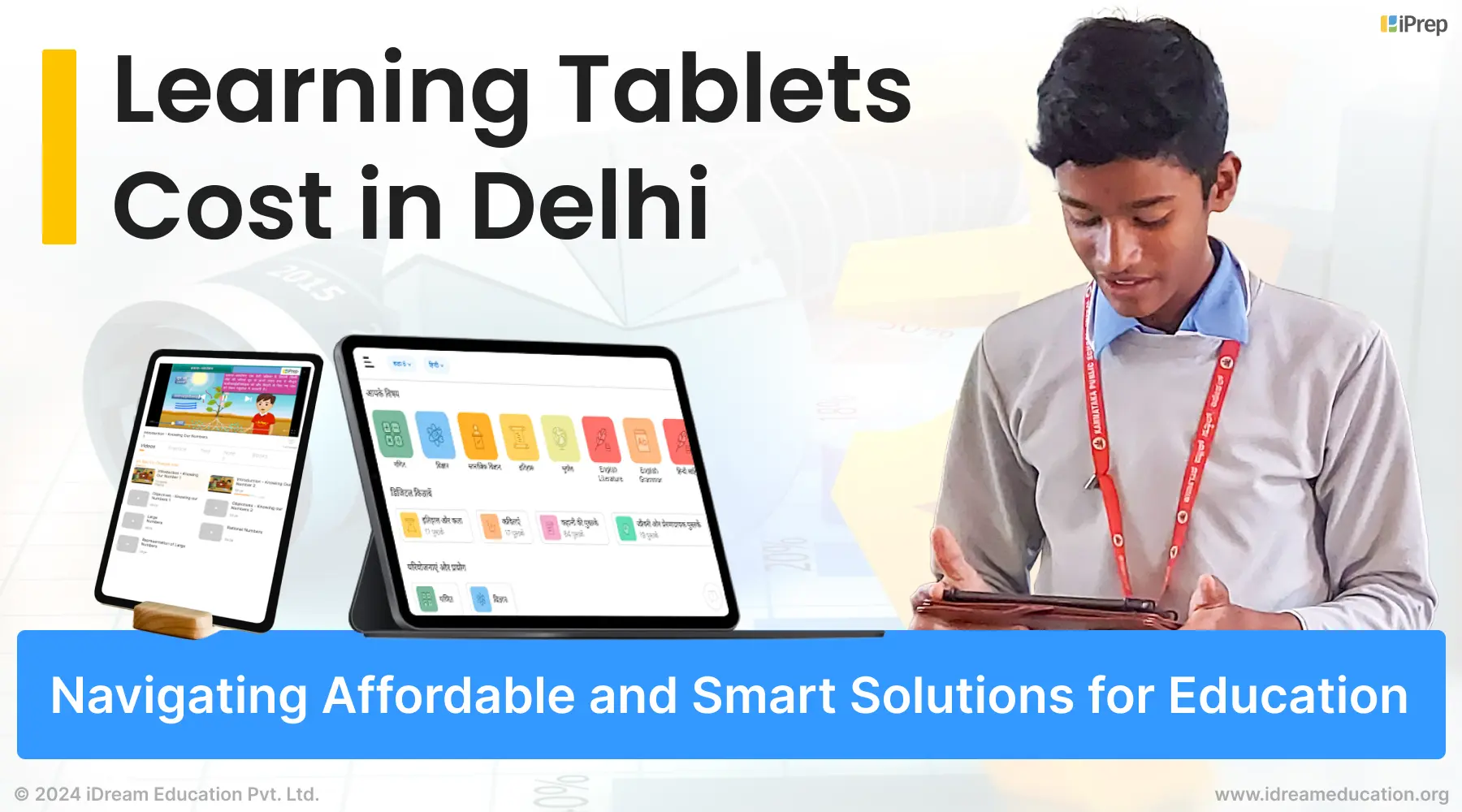
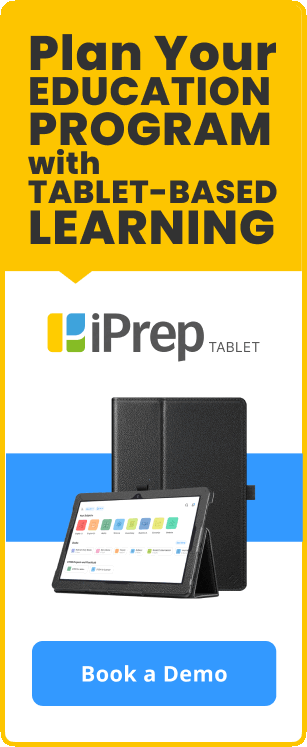
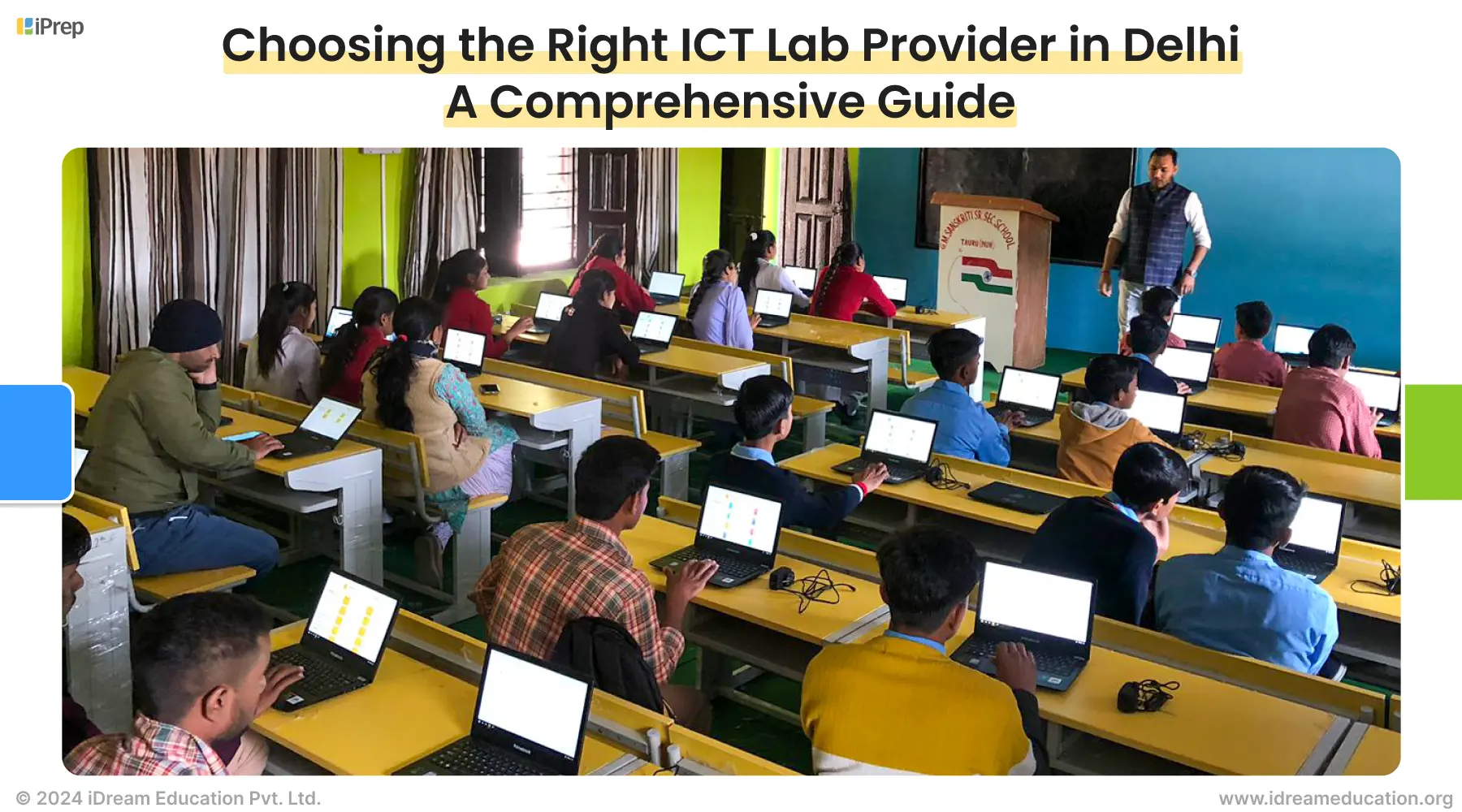
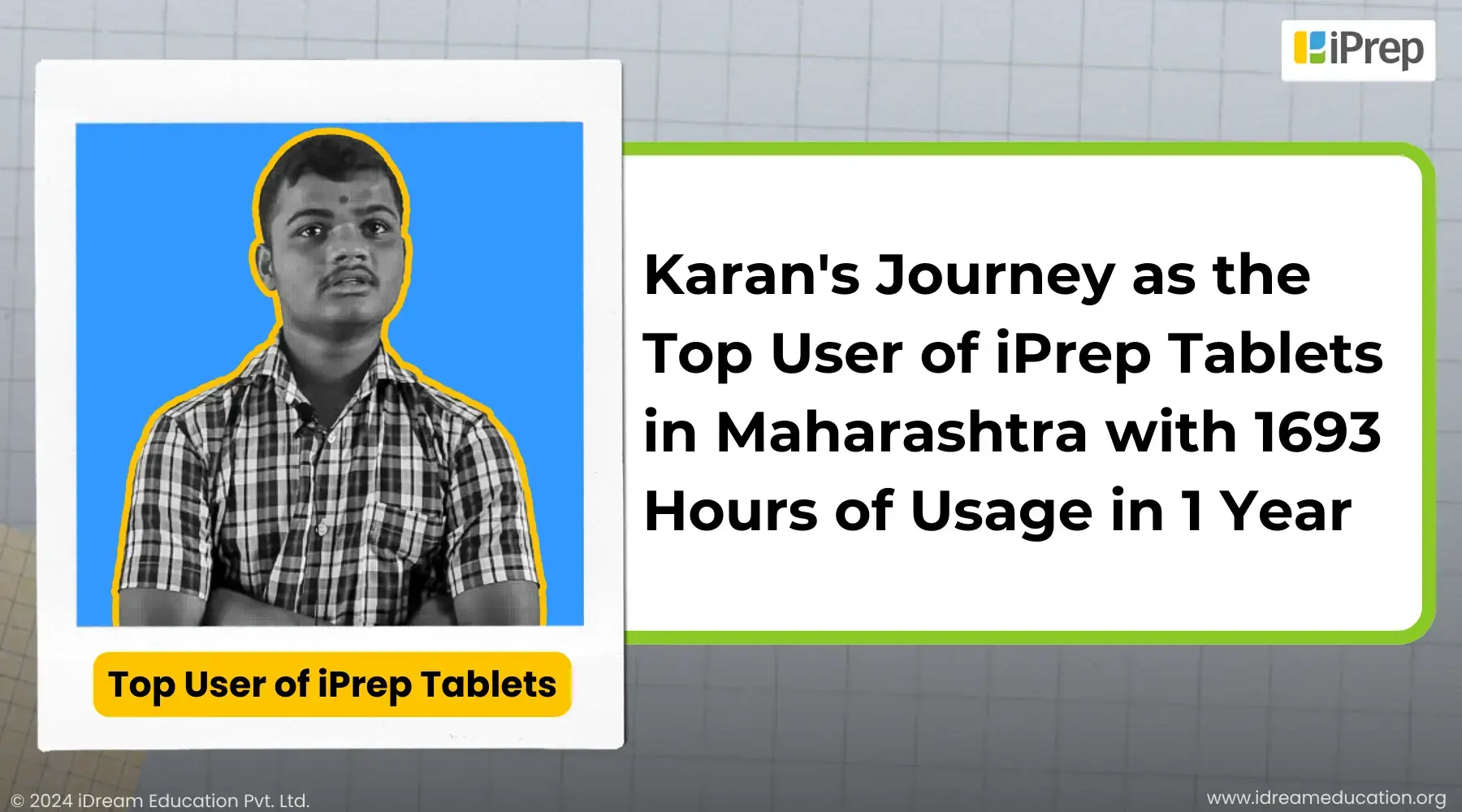
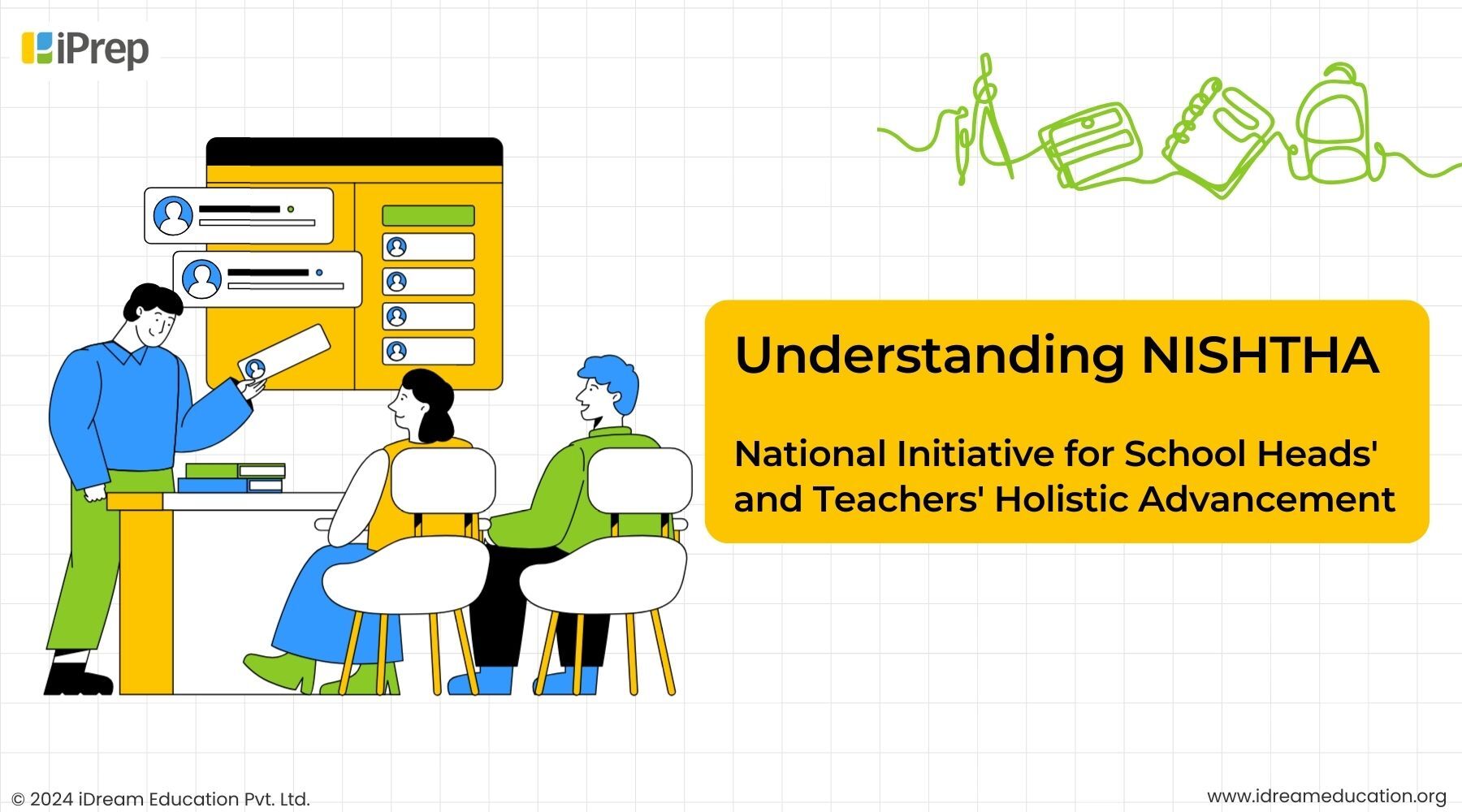
It looks oxygen for rural govt schools. please provide to our school also.